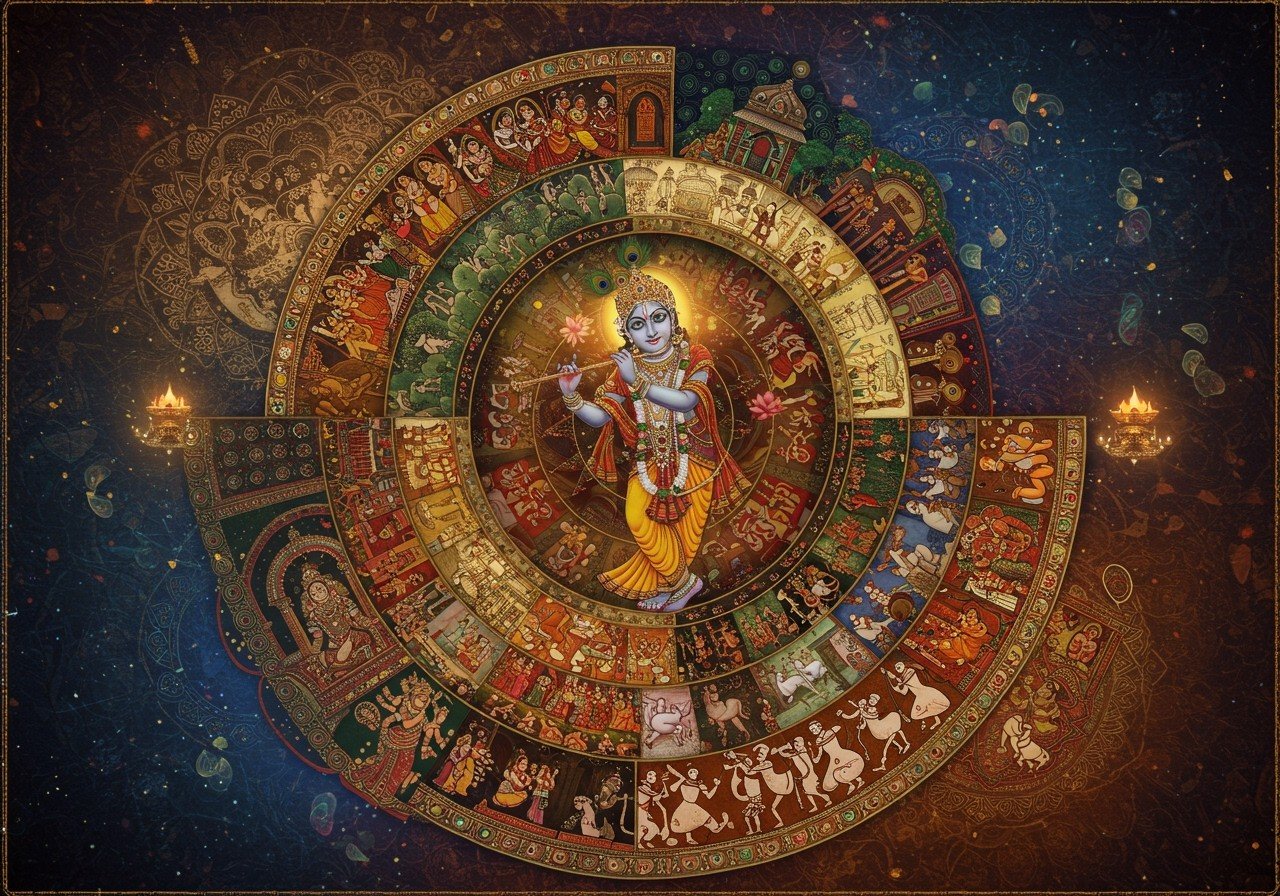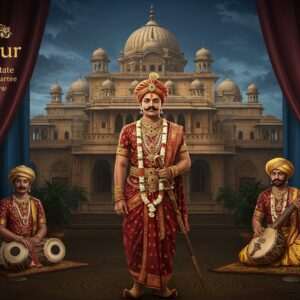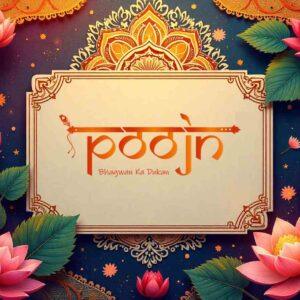
Indian painting styles offer a beautiful glimpse into the country’s rich cultural heritage. These styles have evolved over centuries, showcasing a blend of historical influences and regional diversity. Understanding these art forms helps us appreciate the traditions and authenticity they bring to modern life.
Traditional Indian Painting Styles
Traditional Indian painting is rich with intricate designs and vibrant colors. The Mughal painting style is known for its detailed portrayal of historical events and court scenes. It combines Persian influences with Indian themes, creating art that is both realistic and expressive. Poojn.in offers a curated selection of Sindoor, a traditional vermilion powder used in various Hindu ceremonies and rituals, adding a touch of authenticity to your artistic expressions.
The Rajput painting style emphasizes romantic themes with bright colors. It often depicts stories from Indian epics, bringing them to life on canvas. Explore our collection of incense sticks to create a serene atmosphere while appreciating these art forms. The Pattachitra style from Odisha is famous for its mythological narratives, painted on a unique cloth canvas. Discover traditional Sakha bangles, symbolic adornments often depicted in traditional Indian art.
Kalamkari paintings from Andhra Pradesh are recognized for their freehand drawings and use of vegetable dyes. These paintings often tell stories through a series of panels. Madhubani paintings from Bihar use natural motifs and bright colors, traditionally created using fingers, twigs, and brushes. Tanjore paintings from Tamil Nadu stand out for their rich colors and compact composition. They often feature religious themes, adorned with gold foil. Finally, Warli art from Maharashtra uses basic geometric shapes to depict daily life and social events, reflecting tribal traditions.
Modern Indian Painting Styles
As Indian art moved into the modern era, artists began experimenting with new techniques. Western art movements influenced this change, leading to a fusion of styles. Raja Ravi Varma was a key figure in this transition, introducing realism to Indian painting.
The Bengal School of Art sought to revive traditional forms while rejecting Western influences. This movement played a crucial role in shaping modern Indian art. The Progressive Artists’ Group further developed contemporary art by embracing abstract styles.
Artists like V.S. Gaitonde introduced abstract art to India, using mixed media and installation art to express complex ideas. Globalization has also impacted modern Indian art, creating a dynamic scene that blends traditional and contemporary elements.
Indian Miniature Paintings
Indian miniature paintings are celebrated for their meticulous detail and vibrant colors. Dating back to the 9th century, these paintings hold historical significance. Mughal miniatures are known for their attention to detail, rich colors, and themes of courtly life.
Rajasthani miniatures often depict themes from Indian epics and folk tales, using bold colors and intricate designs. The Pahari miniatures from the Himalayan region are famous for their delicate brushwork and romantic themes. Meanwhile, Deccan miniatures combine Persian influences with indigenous styles.
These miniature paintings preserve the essence of Indian culture and history, showcasing a unique art form that continues to inspire artists today.
Exploring Indian Art Painting Styles
Understanding these diverse styles allows us to appreciate the beauty and depth of Indian painting traditions. Each painting style tells its own story, reflecting the cultural richness and artistic heritage of India.
Prominent Indian Painting Styles
- Madhubani: Originating from the Mithila region of Bihar, this style is known for its use of floral, geometric, and mythical designs with vibrant colors. The themes often revolve around Hindu deities, mythology, and social events, reflecting the region’s rich cultural heritage.
- Warli: This tribal art from Maharashtra is characterized by its use of geometric patterns, often using a monochrome palette. Depicting scenes of daily life and auspicious occasions, Warli art connects viewers with the community’s traditions and beliefs.
- Pattachitra: From Odisha and West Bengal, this style involves painting on cloth (patta), often depicting deities and scenes from epics. The paintings are known for their rich, colorful application and creative motifs, bringing ancient stories to life.
- Gond: This art form from Madhya Pradesh is recognized by its bright colors, detailed work, and symbolic motifs. Often reflecting the tribal culture and their connection with nature, Gond art offers a vibrant perspective on the natural world.
- Kalamkari: This style involves hand-painting or block-printing on fabric, featuring intricate designs, often inspired by nature and mythology. It has two main styles: Srikalahasti and Machilipatnam, each with distinct techniques.
- Tanjore: Originating in Thanjavur, Tamil Nadu, this classical South Indian painting style is characterized by rich colors and the use of gold foil, creating a stunning visual effect. Often depicting religious figures and scenes, Tanjore paintings are known for their opulence.
- Miniature Paintings: These small, detailed paintings were often used for book illustrations. Styles like Mughal, Rajput, Pahari, and Deccan showcase intricate details and vibrant colors, capturing historical events and cultural narratives.
- Phad: This style of painting from Rajasthan often depicts religious narratives, using bold colors and dynamic compositions. Phad paintings often serve as portable temples, carrying stories and traditions across communities.
- Mysore Painting: A classical South Indian style from Mysore, known for its elegance, delicate brushwork, and use of gold leaf. These paintings often depict deities and scenes from Hindu mythology, radiating a sense of serenity and devotion.
- Bengal School of Art: Arising during the British colonial period, this style emphasized Indian artistic traditions and aimed to create a distinct national identity. Rejecting Western academic styles, it revived traditional forms and techniques.
These are just a few examples of the many diverse and fascinating painting styles that exist in India. Each style has its own unique characteristics, themes, and techniques, reflecting the rich cultural tapestry of the country.


